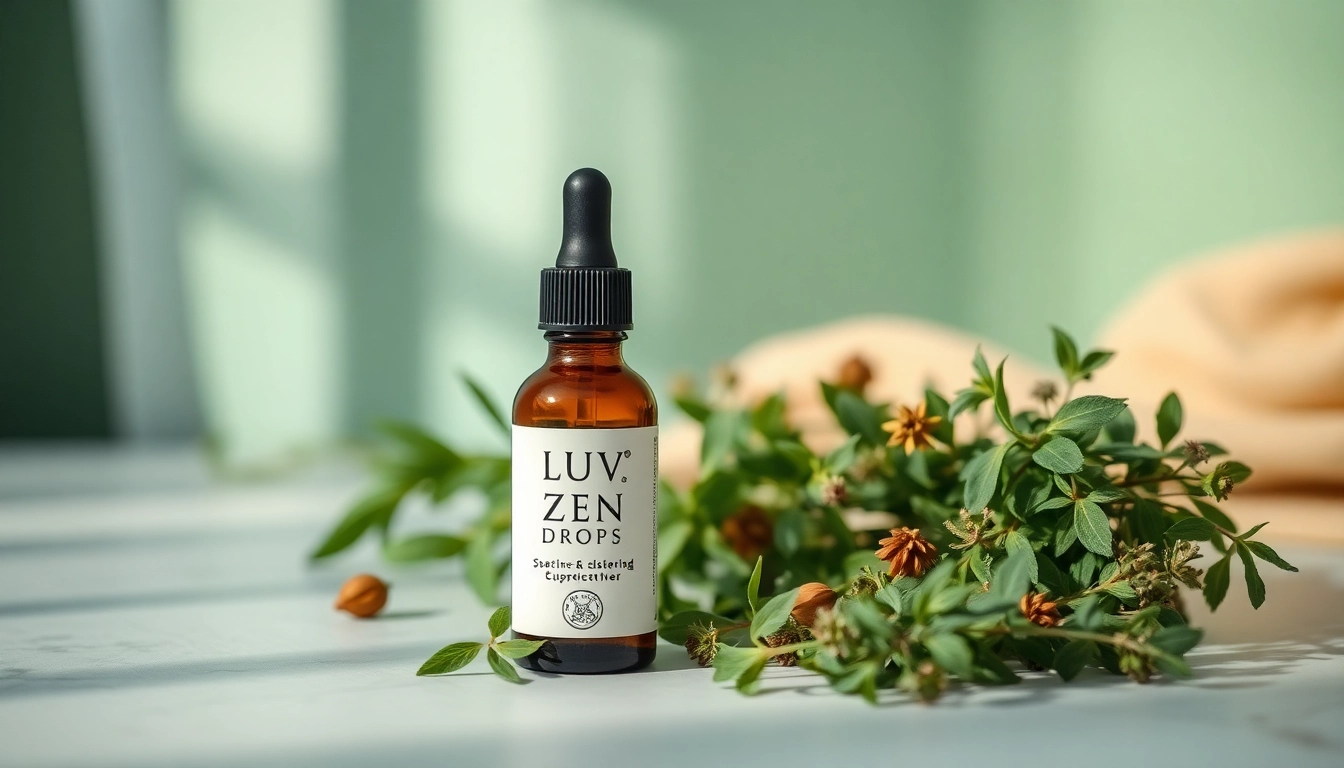Understanding Skin Tightening
What is Skin Tightening?
Skin tightening refers to a range of cosmetic procedures designed to improve the firmness and elasticity of the skin. Over time, our skin can lose its youthful appearance due to various factors such as aging, weight fluctuations, and environmental influences. These treatments are primarily focused on restoring the skin’s natural tightness and providing a rejuvenated appearance without the need for surgical intervention. Many people turn to skin tightening options as a non-invasive alternative to traditional surgical facelifts and other cosmetic surgeries.
The Science Behind Skin Tightening
The mechanisms involved in skin tightening treatments revolve around stimulating collagen and elastin production in the deeper layers of the skin. Collagen is a protein that gives skin its structure and firmness, while elastin provides elasticity and resilience. Non-surgical procedures typically utilize energy-based technologies, such as radiofrequency or ultrasound, to heat the deeper layers of the skin, which triggers a natural healing response. This response leads to increased collagen production, resulting in tighter, more youthful skin over time. For instance, radiofrequency treatments generate heat that penetrates through the skin’s surface, stimulating fibroblast cells that are responsible for producing collagen.
Common Reasons for Skin Laxity
Several factors contribute to skin laxity, including:
- Aging: As we age, collagen and elastin production naturally decreases, leading to sagging and wrinkles.
- Weight Loss: Significant weight fluctuations can result in additional skin that the body may not be able to retract fully.
- Sun Exposure: Prolonged sun exposure can damage the skin’s fibers and accelerate aging.
- Genetics: Genetic predispositions can influence skin elasticity and how quickly it ages.
Popular Non-Surgical Methods for Skin Tightening
Radiofrequency Treatments
Radiofrequency (RF) treatment is among the most popular non-invasive methods for tightening skin. This technology works by using targeted energy to heat the dermal layers, stimulating collagen production and resulting in firmer skin. RF treatments can be performed on various parts of the body and face, making them highly versatile. Studies have shown that RF devices often yield significant improvements in skin tone and texture, with minimal downtime following the procedure.
Ultrasound Therapy
Ultrasound therapy is another effective skin tightening treatment. Utilizing focused ultrasound energy, this method delivers heat to the foundational layers of skin, prompting collagen regeneration. This procedure is particularly popular for lifting sagging skin on the brow, neck, and under the chin, allowing for a subtle lift without the need for surgery. It is also known for its ability to stimulate deeper layers of skin than many other non-invasive procedures.
Laser Skin Tightening
Laser skin tightening works by directing focused beams of light at specific areas of the skin. This not only helps with tightening but also improves overall skin texture by targeting pigmentation irregularities and fine lines. Laser treatments enhance collagen production through a thermal effect, leading to rejuvenated skin appearance over time. Techniques like neodymium-doped yttrium aluminum garnet (Nd:YAG) lasers are commonly used for their efficacy in stimulating collagen and elastin.
The Benefits of Skin Tightening Procedures
Improved Skin Elasticity
One of the primary advantages of skin tightening procedures is the enhancement of skin elasticity. As collagen and elastin production increases, patients often notice a substantial improvement in how tightly their skin hugs the underlying structures. This heightened elasticity can lead to younger and more invigorated skin and may last for months or even years with proper follow-up care.
Reduction of Fine Lines and Wrinkles
Skin tightening treatments are effective in diminishing the appearance of fine lines and wrinkles. By stimulating the production of collagen and elastin, patients frequently find that their skin feels smoother and appears more youthful. Many procedures also target textural issues, providing an overall more polished complexion.
Quick and Minimal Downtime
Another considerable benefit of non-surgical skin tightening is the minimal recovery time post-treatment. Most patients can return to their daily activities immediately after their session, with some treatments requiring no downtime at all. This convenience makes it an appealing option for those with busy lifestyles who seek effective cosmetic improvements without the need for extensive recovery periods.
Choosing the Right Skin Tightening Treatment
Consultation with Professionals
Determining the best skin tightening option is a vital step in the process. An in-depth consultation with a licensed aesthetician or dermatologist is critical to establishing the goals of the treatment, discussing potential outcomes, and evaluating individual skin conditions. Experts will conduct assessments to guide patients toward the most suitable treatment based on their unique skin characteristics and desired results.
Evaluating Your Skin Type and Needs
Before deciding on a treatment, individuals should consider their skin type, condition, and specific needs. An assessment might include evaluating factors such as age, skin thickness, and the degree of laxity present. Recognizing these elements will ensure a more personalized approach to skin tightening, increasing the likelihood of achieving satisfactory results.
Understanding Treatment Costs and Expectations
Costs associated with skin tightening treatments can vary significantly based on the selected method and the geographic location of the provider. Additionally, treatment frequency may impact total expenditure. Patients should also have realistic expectations regarding results and understand that multiple sessions may be necessary to attain optimal outcomes. Discussions of cost and payment options should be held during consultations for transparent decision-making.
Aftercare Tips for Optimal Skin Tightening Results
Skincare Regimen Post-Treatment
The importance of a dedicated skincare regimen after treatment cannot be overstated. Following skin tightening procedures, skin may be sensitive and require gentle handling. Professionals typically recommend using soothing, hydrating ingredients in skincare products, such as hyaluronic acid, to bolster recovery and enhance results. Patients should also avoid products that contain retinoids or exfoliating agents for a period as instructed by their providers.
Hydration and Nutrition for Skin Health
Staying hydrated and maintaining a nutrient-rich diet play critical roles in supporting skin health. Drinking adequate amounts of water helps to maintain skin elasticity and promotes healing post-treatment. Incorporating foods rich in antioxidants and healthy fats, such as berries, nuts, and seeds, can also provide essential nutrients for skin regeneration and radiance.
When to Schedule Follow-Up Treatments
Most skin tightening treatments will require follow-up sessions spaced several weeks to months apart. It is crucial to follow the provider’s recommendations regarding follow-up appointments to ensure optimal maintenance of results. Regular monitoring of skin conditions will help determine the need for additional treatments and adjustments to personal skincare routines.



